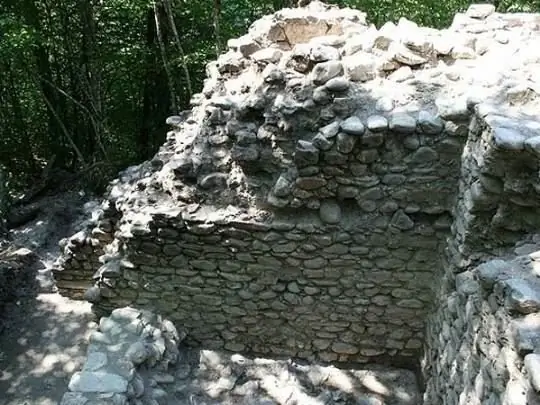
Description of the attraction
The Mamay-Kale fortress is a Roman-Byzantine building located in the Mamayka microdistrict, at the mouth of the Psakhe. Unfortunately, the exact date of the construction of the fortress is still unknown. However, it is believed that it was erected around the 1st-4th century AD. Initially, the fortification was called Mohora.
The main purpose for which the Mamai-Kale fortress was built was to protect the local trading post from attacks by pirates and nomads. After a while, a market square was built behind the fortress walls, where merchants had the opportunity to quite calmly engage in the exchange and sale of their goods, without fear of any attacks and robberies. Gradually, an ordinary fortress began to develop and turned into a large bazaar, which caused its destruction.
Archaeological research of the Mamai-Kale fortress began in 1820, but in 1886 all the work that was carried out at an indefinite frequency stopped altogether. And only in 1957 the attention was paid to the ruins of the fortress again. The expedition was carried out under the direction of N. V. Anfimova and consisted of workers of the Sochi Museum of Local Lore.
Due to the lack of supervision, the fortress walls were almost completely destroyed. Only two walls have survived and partly one more. Today, research continues on the territory of the Mamai-Kale fortress, but only ruins remain of the fortification, which, in spite of everything, attract a large number of tourists.






